How to Initiate Cartooning : A Beginner ‘s Guide
Discover the joy of cartooning with our beginner ‘s guide . Learn the basics , improve your skill , and start creating your own cartoons . Dive into the fun universe of cartooning today !

- Understand Cartooning
- Essential Tools for Cartooning
- Basic Drawing Skills for Cartooning
- Character Creation and Development
- Storyboarding and Storytelling in Cartooning
- Cartooning Techniques and Mode
- Top and Tricks for Beginners
- Explore Career Opportunities in Cartooning
Understanding Cartooning
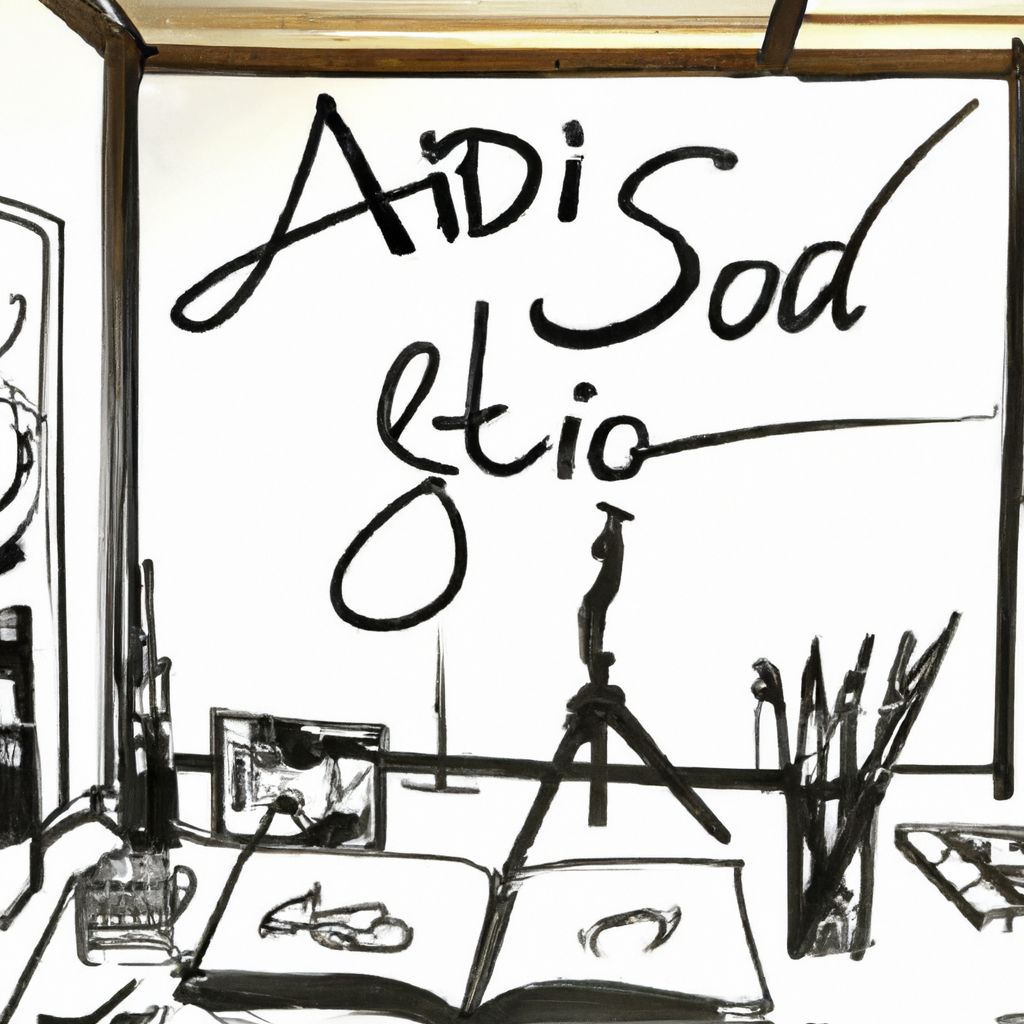
Cartooning equal a unique and versatile form of art that traces its ancestry back to the middle ages . The term ‘cartoon ‘ initially referred to the preliminary sketches made by artists , which be typically exaggerated or simplify to better convey their topic . Over time , this art form evolved , and by the 19th hundred , it had taken on its modern meaning — a humorous or satirical drawing .
Cartooning is essential due to its power to convey complex estimate and messages in a simplified and engaging manner . It can be amusing , thought-provoking , and often service as a social and political commentary . The power of cartooning lie in its accessibility — it transcends language barriers and resonates with people of all ages .
Despite the differences in these kind , they all share a common thread of symbolism , exaggeration , and mood . Whilst there be numerous other mode , these kind stand for some of the most widespread and influential way in which cartooning manifests itself .
Essential Tools for Cartooning

Whether you ‘re a traditional or a digital cartoonist , having the right tools is essential to creating quality work . Below is a list of must-have textile and tool for cartooning :
Traditional cartooning and digital cartooning each have their pros and cons . Traditional cartooning leave a hands-on experience and allows for a more personal touch . However , it can be time-consuming and put up little way for error .
On the early hand , digital cartooning extend a great point of flexibility . It ‘s easy to make change and corrections , and there ‘s an endless array of tool , impression , and colors at your disposal . However , it requires a steep scholarship curve and can live expensive when considering the cost of software and hardware .
Ultimately , the choice between traditional and digital cartooning depends on your personal preference , manner , and budget .
Basic Drawing Skills for Cartooning
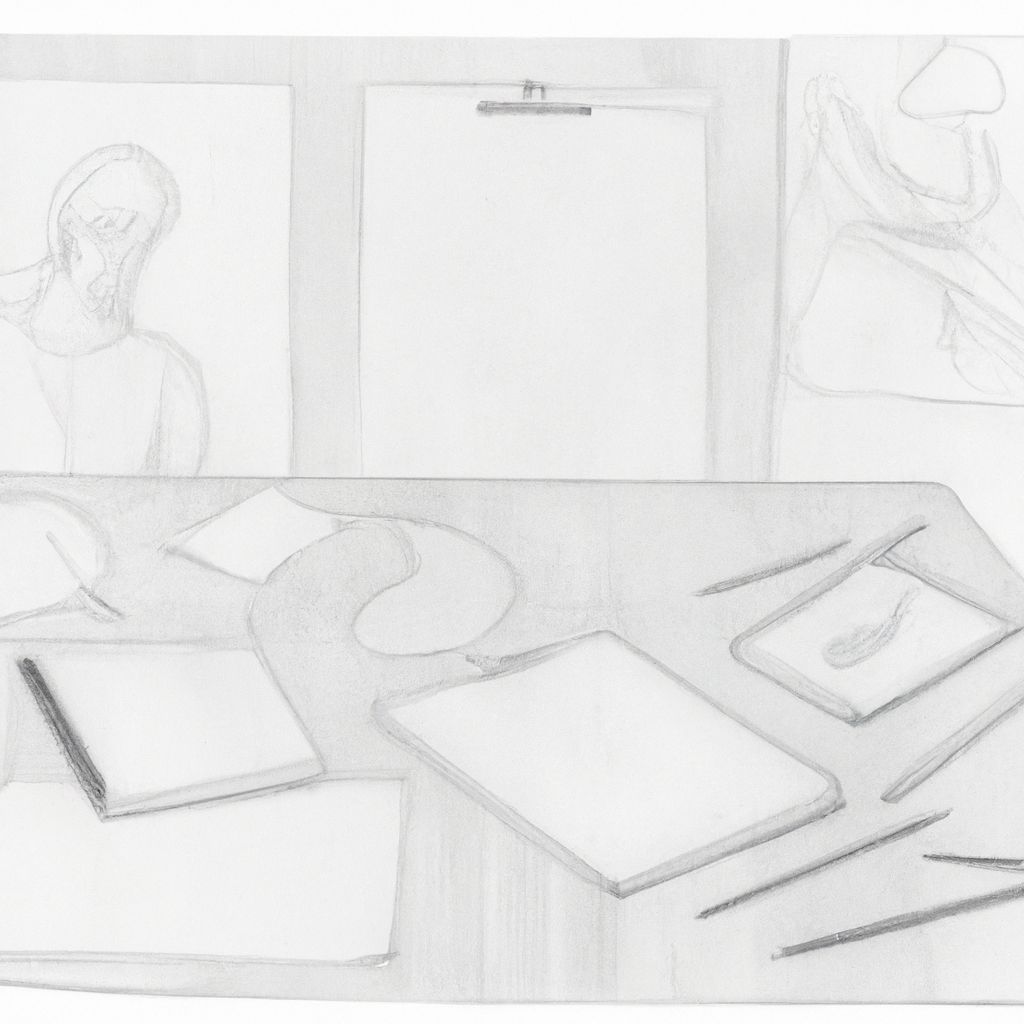
Dominate the basics of drawing is the first pace in your cartooning journey . Hither exist some fundamental skills necessary for cartooning :
To improve these skill , regular practice is key . Hither be a few tip :
- Draw daily :Even if it ‘s simply for a few minutes , do drawing a daily habit . This will help you improve steadily over time .
- Start simple :Do n’t rush into complex drawing . Start with basic pattern and lines , then progressively remove on more challenging subjects .
- Experiment :Try out different techniques , styles , and fabric . This will not only improve your skill but also serve you discover your unique style .
- Seek feedback :Share your study with others and cost clear to constructive criticism . It ‘s a valuable manner to make new perspective and improve .
Remember , every great cartoonist start as a beginner . With patience , persistence , and pattern , you can dominate these skills and produce engaging cartoons .
Character Creation and Development

One of the almost captivating look of cartooning is the world and development of characters . A well-designed character can hire audience and lend your cartoon to life . Here is a guide on character world and evolution :
Create and formulate character exist an iterative process . Start with a basic conception , then refine it over time . A few tip to aid you along the style :
- Sketch regularly :Sketch your character in various poses and reflection . This helps flesh out their personality and makes them more versatile .
- Use references :Real-life mass and beast can live great sources of inspiration . Remark them closely to understand how they move and express themselves .
- Experiment :Serve n’t be afraid to try out unlike designs and styles . You may be surprise at what you make .
- Get feedback :Share your reference plan with others and welcome their input . It can render novel perspectives and useful insight .
A memorable cartoon reference can give a permanent impression on your hearing , reach your work truly unforgettable .
Storyboarding and Storytelling in Cartooning
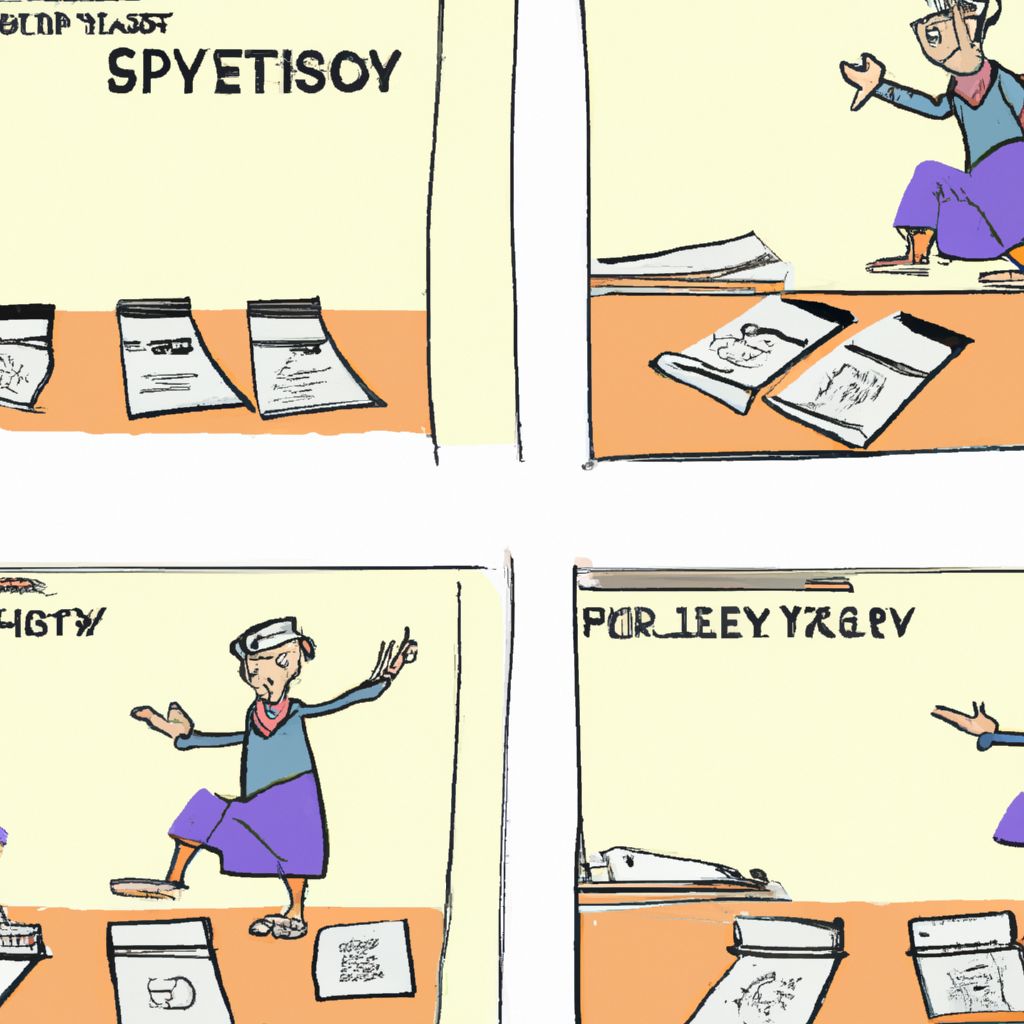
Storyboarding and storytelling live essential expression of cartooning . They help bring your ideas to living and produce a captivating narrative that wage your audience .
The sequence and stream of your story equal crucial in cartooning :
- Succession :The succession refers to the order of events in your history . It should be logical and easy to watch . A well-structured sequence helps maintain clearness and hold your audience engaged .
- Stream :The stream is about pace . Vary the stride — such as slow down for dramatic moment and speeding up for action scenes — can make your account more dynamic and exciting .
Here live some tips to produce engaging and compelling narrative :
- Start with a hook :Begin your history with an interesting effect or situation to catch your hearing ‘s attention .
- Develop your characters :Characters live the heart of your story . Build them relatable and dynamic . Point their growth and changes throughout the history .
- Use conflict :Conflict drive the narrative . It can be an outside battle against an antagonist or an inner conflict within the quality ‘s head .
- End with a resolution :Resolve the primary engagement by the goal of the story . It should cost satisfying and bind up slack goal .
Remember , storytelling be an art . It takes practice and patience to original , but once you do , you ‘ll cost able to produce cartoons that equal not merely visually attract but too emotionally engaging .
Cartooning Techniques and Fashion
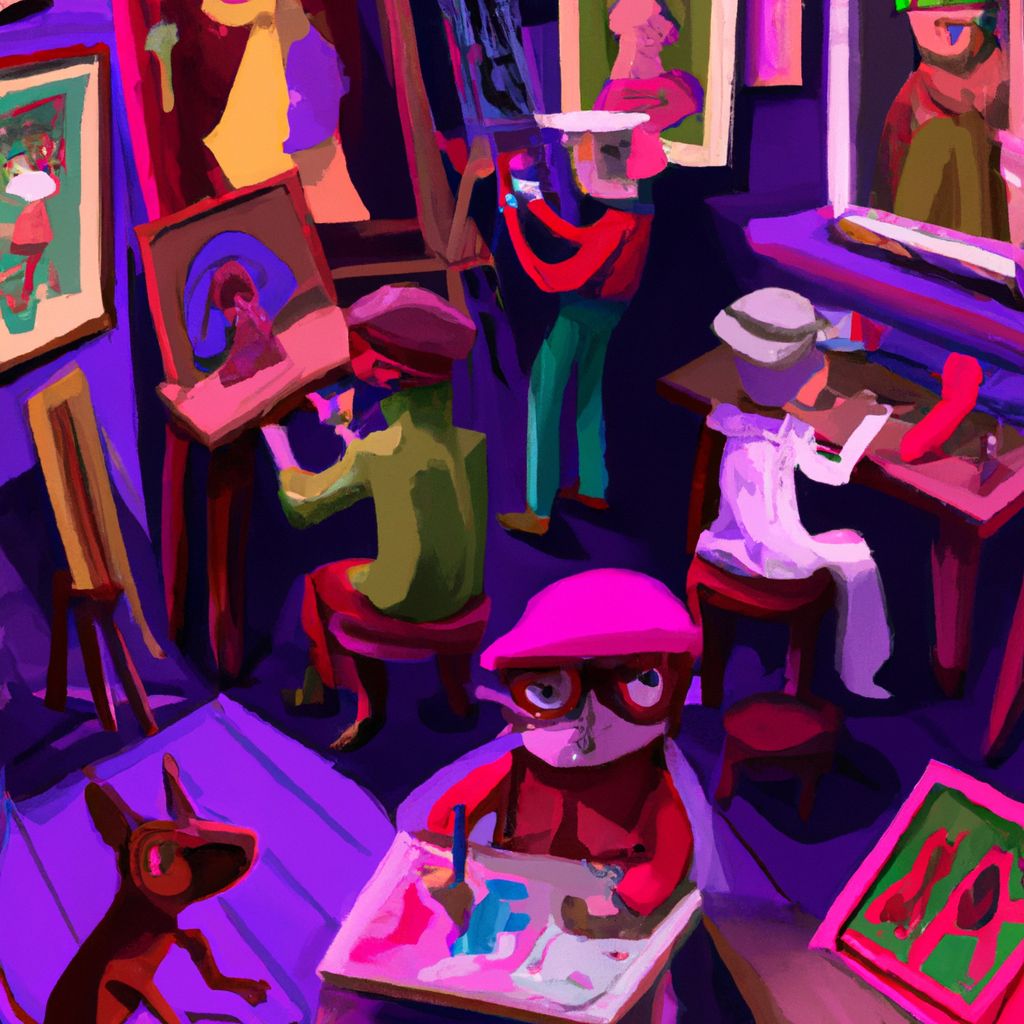
Cartooning encompass a broad scope of technique and mode , and mastering these can assist you to create diverse and compelling plant of art . Here ‘s a close feeling at some key aspects :
When it comes to styles , there ‘s no one-size-fits-all in cartooning . The style can change greatly depend on the cartoonist ‘s preferences , the subject matter , and the intended interview . From the magnified feature of caricature cartooning to the simplicity and minimalism of manga , the possibility live endless .
Developing your own unique way live a journey . Here are some tip to serve you along the way :
- Explore :Try out unlike techniques and styles . This can extend your skill and help you discover what resonates with you .
- Field :Learn from early cartoonist . Seem at their work , translate their techniques , and regard what you can comprise into your own way .
- Pattern :The more you make , the more your fashion will develop . Keep refining and experimenting .
- Be patient :Originate a unique mode require time . Cause n’t hurry the procedure . Your way will emerge of course as you continue to learn and develop as a cartoonist .
Remember , the end cost not to adapt to a sure style , but to create one that reflects your unique voice and sight .
Tips and Tricks for Beginners
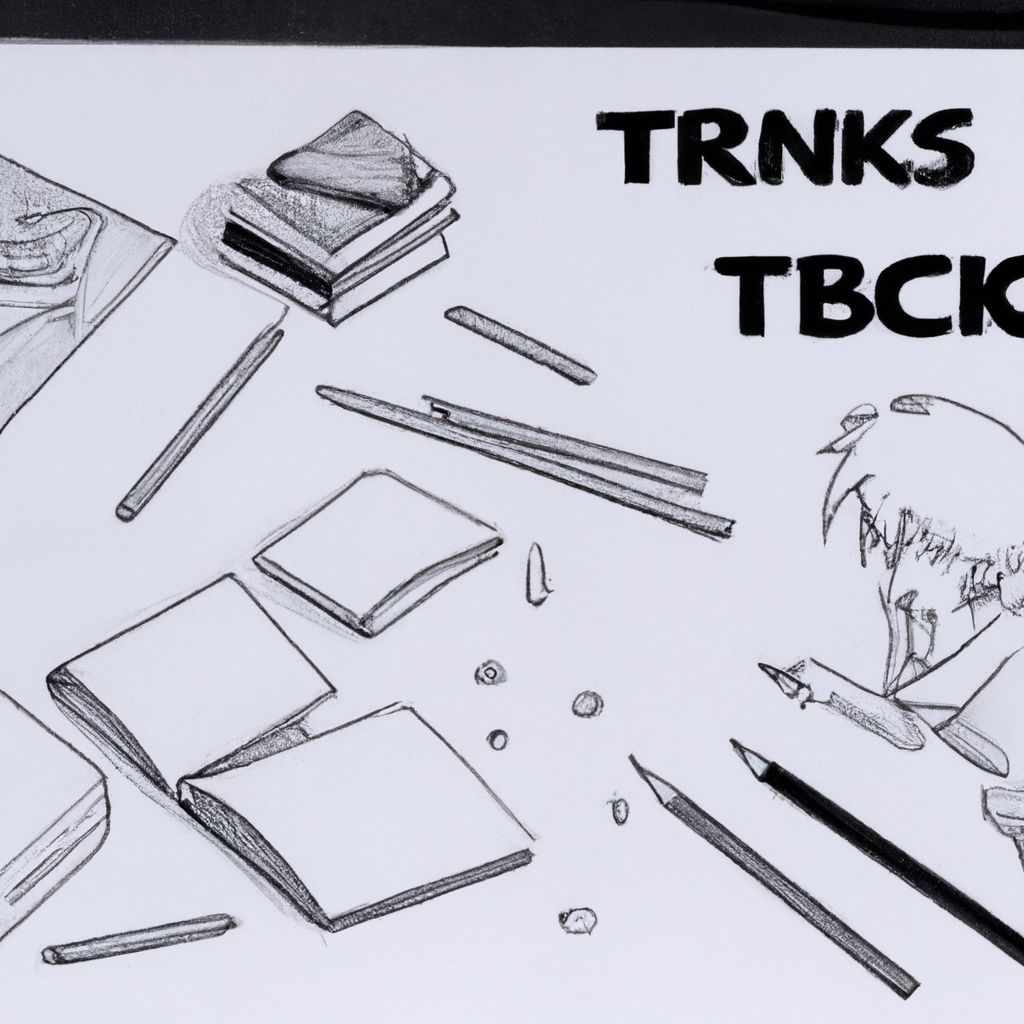
Starting your journey in cartooning can equal both exciting and overwhelming . Here are some top and tricks to serve beginners navigate this creative field :
- Practice Regularly :The age-old saying “ pattern make perfect ” holds true in cartooning . Make a habit of drawing every day , still if it ‘s merely for a few instant .
- Start Simple :Commence with basic shapes and business . As you become more comfortable , step by step move on to more complex subjects .
- Study the Greats :Learn from successful cartoonist . Study their study , understand their technique , and seek to incorporate some of their factor into your own style .
- Seek Feedback :Share your work with others and exist clear to constructive criticism . It can render novel perspective and aid you improve your skills .
- Experiment :Do n’t be afraid to try fresh techniques and mode . This can broaden your skills and help you discover your unique voice .
- Keep a Sketchbook :Persuade a sketchbook with you and draw whenever you become a fortune . This can help you seize idea and practice on the go .
- Be Patient :It require time to improve your skill and formulate your style . Be patient , stay persistent , and savor the process .
“ Every artist has thousand of bad drawings in them and the only way to make rid of them is to draw them out . ” – Chuck Jones
“ Every artist hold thousands of bad drawing in them and the only means to get rid of them live to tie them out . ” – Chuck Jones
Remember , every professional cartoonist was once a beginner . Prevent drawing , hold learning , and most importantly , go on enjoying the process .
Exploring Career Opportunities in Cartooning
Cartooning offers a range of exciting career opportunities . Whether you prefer to solve independently or as part of a squad , there ‘s a place for you in this versatile field :
These are just a few examples of the career paths in cartooning . Other opportunity include teaching art classes , create political cartoons for newspapers , design greeting cards , and more .
Before you decide , think your personal interests , skill , and career end . You may also want to gain some experience through internships or freelance study to make a better sense of what each career path involve .
Regardless of the path you prefer , a career in cartooning can be deeply rewarding . It allows you to carry your creativity , tell story , and take joy to people — and that ‘s a fantastic matter .